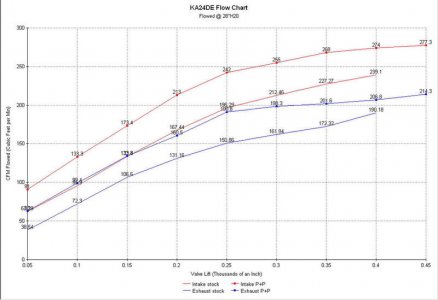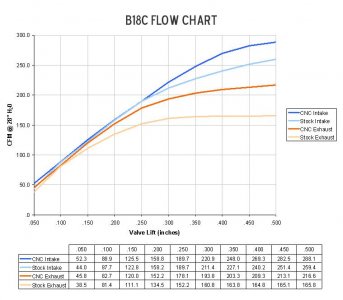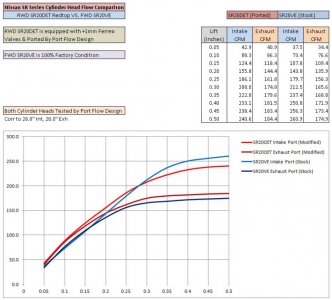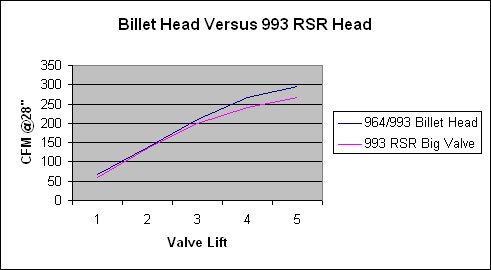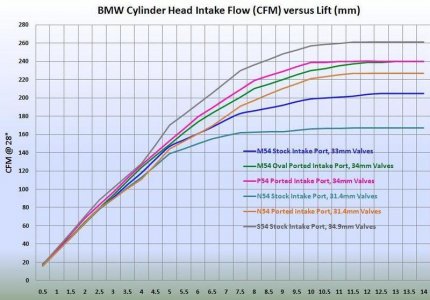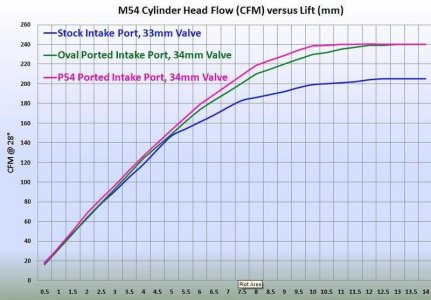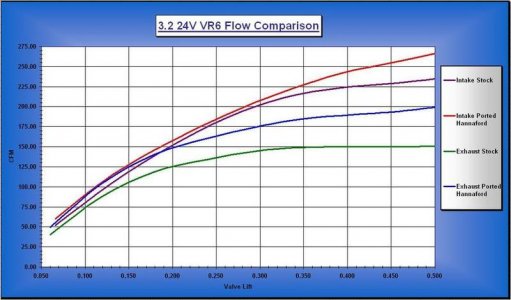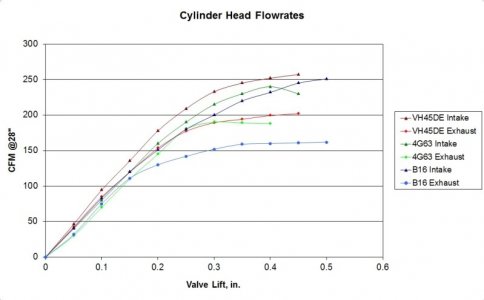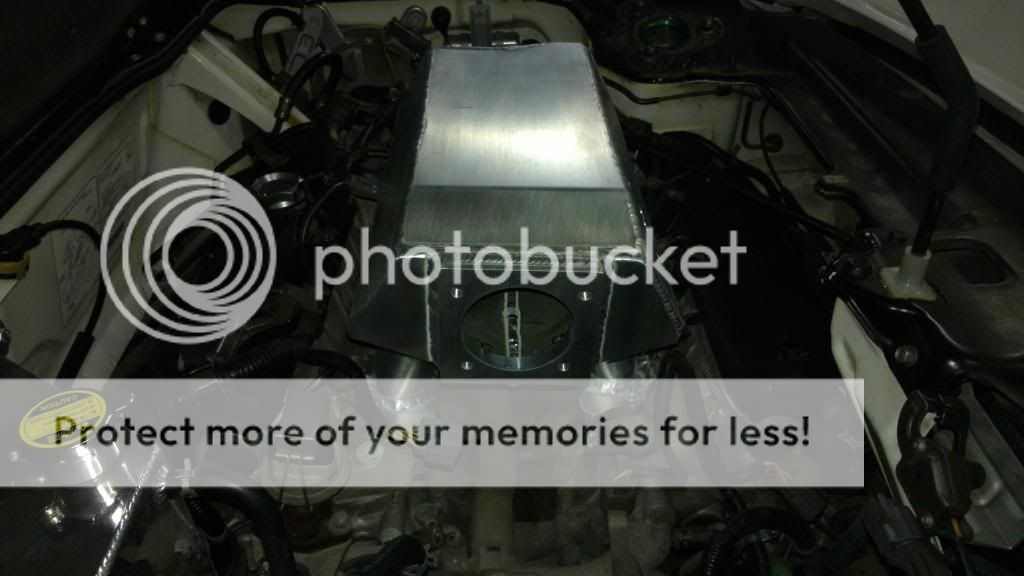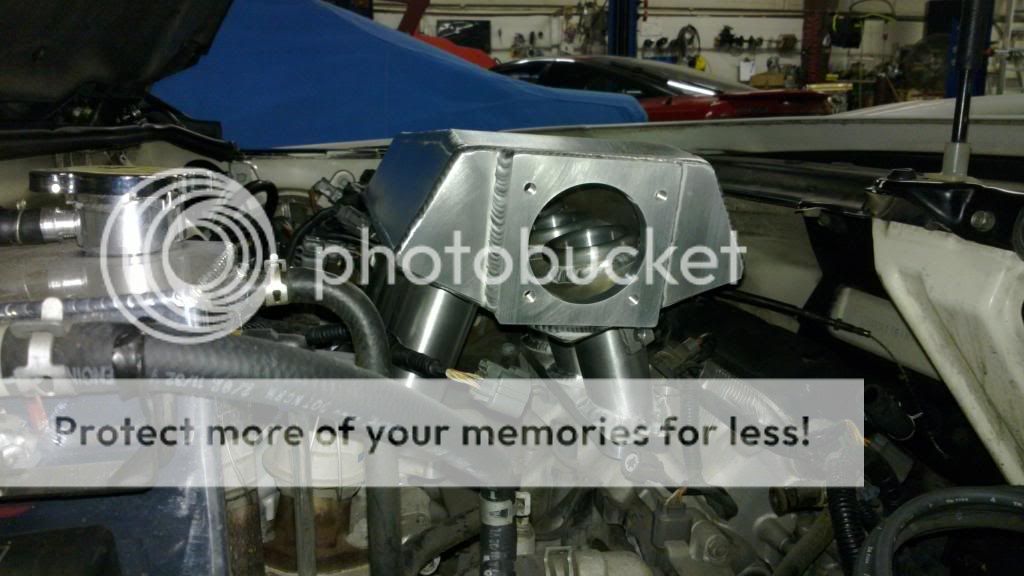Maybe I missed something here, but has anyone actually bench flowed the 2 OEM intake manifold to show CFMs across the RPM range?
Longer and wider intake runners don't always equal to improved HP/TQ if the application isn't optimized for port velocities.
Good point - I think the NA1 and NA2 intake manifolds are internally identical even though the engines produce different levels of horsepower. The NA2 engine breathes more air and therefore has a higher velocity in the intake runners. I wonder at what horsepower the stock manifold achieves the optimal velocity.








